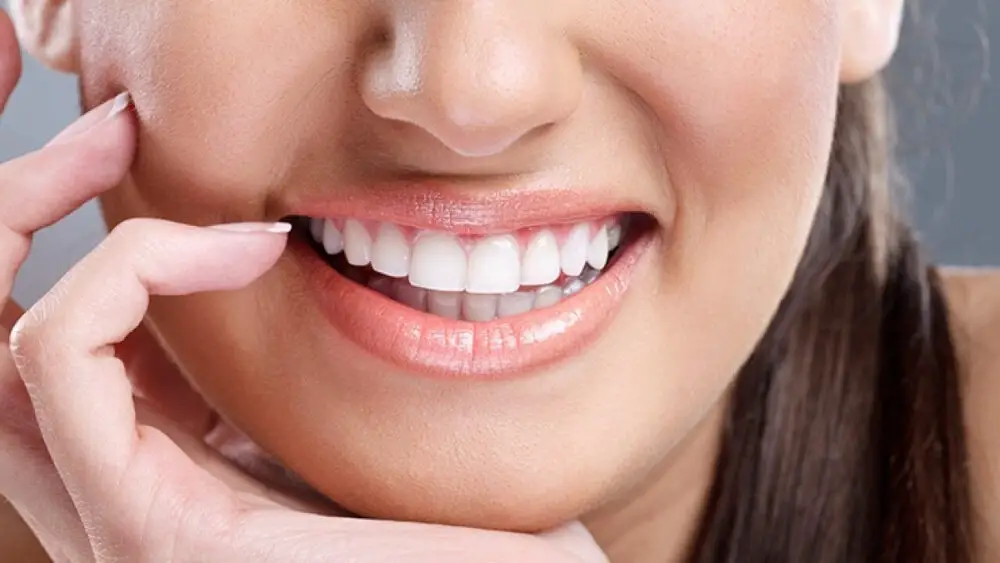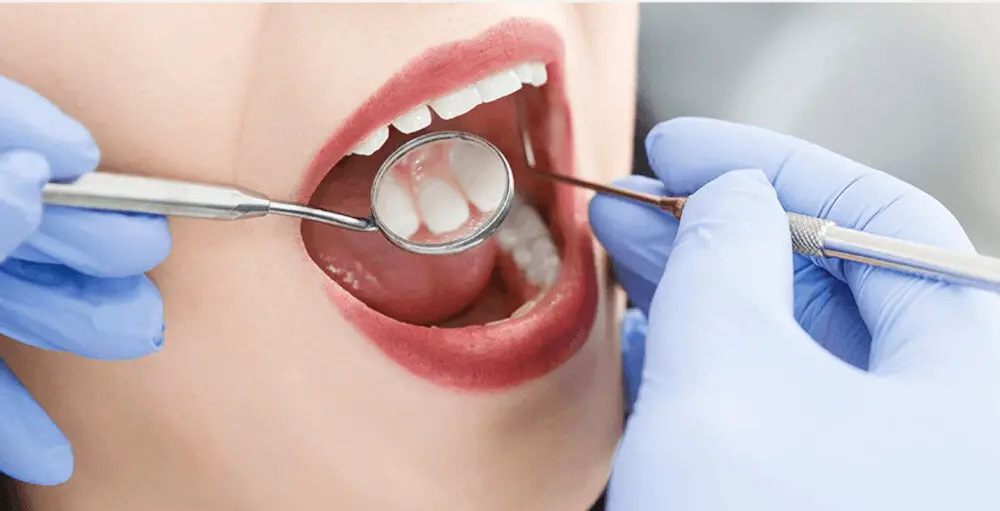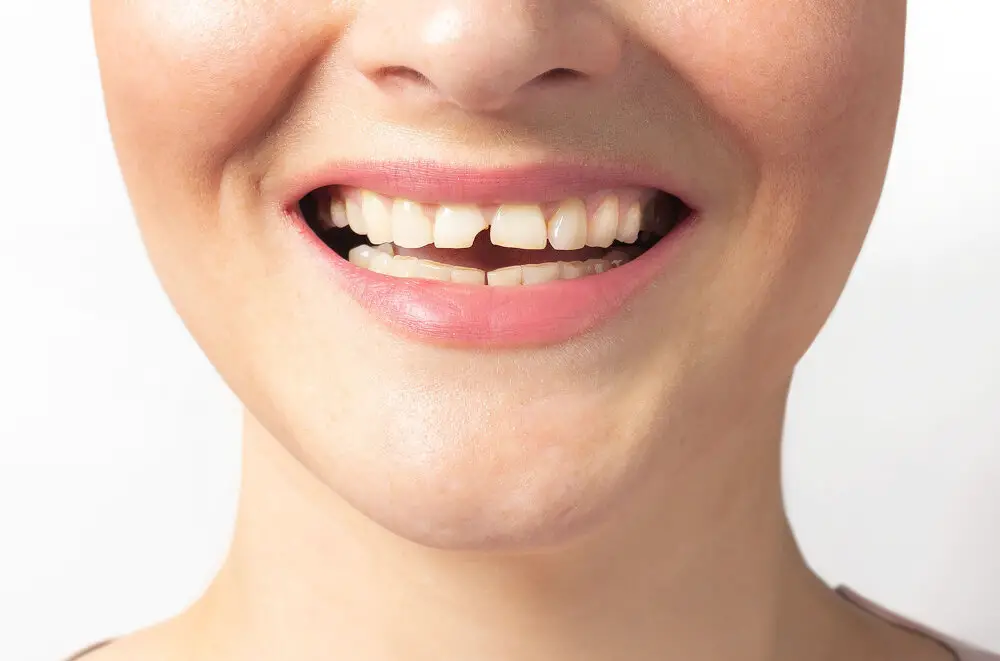Why Dogs Chatter Their Teeth When Smelling: Exploring the Fascinating Canine Behavior

Dogs are fascinating creatures that never cease to amaze us with their unique behaviors. From wagging their tails to barking, they have their ways of communicating with humans and other animals. One of the most peculiar behaviors that some dogs display is the chattering of their teeth when smelling. If you’ve ever witnessed your furry friend doing this, you may have been confused or even concerned about what it means. In this article, we’ll delve into the reasons behind this behavior and explore the fascinating world of canine behavior. Dogs have an incredible sense of smell that is far superior to humans. They rely on their sense of smell to gather information about their surroundings, other animals, and even humans. When a dog chatters its teeth while smelling something, it’s a sign that they are trying to gather as much information as possible. This behavior is commonly observed in hunting dogs, who use their sense of smell to track prey. However, it’s not limited to hunting dogs; any dog can display this behavior. Understanding why dogs chatter their teeth can give us valuable insights into their behavior and help us better communicate with them.
Dog teeth chattering is a behavior that occurs when a dog’s jaw trembles or shakes involuntarily, resulting in a clicking or rattling sound. This behavior is often seen in dogs when they are feeling cold or anxious, but it may also occur during moments of excitement or anticipation. In addition, dogs may chatter their teeth when they are experiencing pain or discomfort, such as from dental issues or injury. Some dogs may even chatter their teeth as a response to certain smells or tastes, indicating a heightened level of sensory stimulation. Overall, while dog teeth chattering can be a harmless and natural behavior, it is important to observe your dog’s behavior to determine the underlying cause and ensure their overall health and well-being.
Teeth chattering as a response to excitement or anticipation

Dogs are fascinating creatures, and their behavior can be quite intriguing. One behavior that has puzzled many dog owners is teeth chattering. Dogs tend to chatter their teeth when they are excited or anticipating something. This behavior is often seen when dogs are about to go for a walk, play with their favorite toy, or meet a new friend. Teeth chattering can also be a sign of anxiety or nervousness. In some cases, the behavior can be a response to pain or discomfort. Teeth chattering is a unique behavior that is specific to dogs. It is believed that the behavior is an evolutionary trait that has been passed down from their wolf ancestors. Wolves tend to chatter their teeth as a sign of submission or appeasement. In the dog world, teeth chattering is a way of expressing excitement or anticipation. It is a behavior that is often accompanied by other signs of excitement, such as wagging tails and jumping up and down. If you observe your dog chattering its teeth, it is a good idea to pay attention to the context of the behavior. Understanding the triggers can help you better understand your dog’s needs and emotions.
Dogs are known for their enthusiastic and playful nature, and they have a variety of ways to express their excitement. Through their body language, they can show their happiness and eagerness to play, wagging their tails, jumping up and down, and spinning around. Along with their physical movements, dogs also use vocalizations to express their excitement. They bark, whine, and yip, to communicate their joy and excitement to their owners or other dogs. In some cases, dogs can also chatter their teeth when they are excited, which is a fascinating behavior that has puzzled pet owners for years.
Teeth chattering in dogs is a common behavior that can indicate various emotions and situations. One of the most common reasons for teeth chattering in dogs is anticipation or eagerness, often seen when they are waiting for a treat or going for a walk. This behavior is an involuntary response to the excitement that builds up in their body, causing their teeth to chatter uncontrollably. It can also be seen in dogs who are about to engage in an activity they enjoy, such as playing fetch or going for a run. While it may seem strange to humans, teeth chattering is a natural behavior for dogs and is a clear sign of their excitement and eagerness.
Teeth chattering as a response to fear or anxiety

When dogs experience fear or anxiety, one common response is to chatter their teeth. This behavior can be seen in a variety of contexts, such as when a dog is about to be examined by a veterinarian or when they are confronted with a new and unfamiliar situation. Teeth chattering is often accompanied by other signs of stress, such as panting, pacing, and trembling. While this behavior can be alarming to witness, it is a natural response that helps dogs cope with challenging situations. Teeth chattering is thought to be a self-soothing behavior that dogs engage in to release tension and reduce their stress levels. Just like humans may clench their jaws or grind their teeth when in a state of anxiety, dogs may chatter their teeth as a way to calm themselves down. This behavior is also believed to be linked to the release of adrenaline, which can cause dogs to shake or shiver. While teeth chattering is typically harmless, it is important to address the underlying cause of a dog’s fear or anxiety to prevent further stress and discomfort.
Aside from chattering their teeth when they smell something interesting or exciting, dogs can also exhibit this behavior when they’re scared or anxious. This is because teeth chattering is a common symptom of stress in canines, and it’s their way of coping with a stressful situation. It’s important for dog owners to pay attention to this behavior, as it can signal that their furry friend is feeling uncomfortable or overwhelmed. By addressing the root cause of their anxiety and providing them with a safe and calming environment, owners can help their dogs feel more at ease and reduce the likelihood of teeth chattering in the future.
Dogs use a range of behaviors to cope with stress and express their discomfort, and chattering their teeth is no exception. When dogs are exposed to new or unfamiliar stimuli, such as new scents or environments, they may feel anxious or overwhelmed. Chattering their teeth can be a way for them to release some of that tension and cope with their stress. It may also serve as a form of communication to signal to their owners or other dogs that they are feeling uncomfortable or anxious. Additionally, dogs may chatter their teeth as a way to self-soothe, similar to how humans might bite their nails or fidget when feeling stressed. Overall, while chattering teeth may seem like a strange behavior, it is an important tool for dogs to manage their emotions and communicate their needs.
Teeth chattering as a response to smell

Dogs are known for their keen sense of smell, and they use it to navigate the world around them. However, sometimes when a dog smells something particularly strong or unpleasant, they may begin to chatter their teeth. This behavior is believed to be a response to the intensity of the smell, as well as an attempt to help the dog process and analyze the information they are receiving. When a dog chatters their teeth in response to a smell, it is often accompanied by other behaviors such as sniffing, licking, and pawing at the ground. This suggests that the dog is attempting to gather as much information as possible about the smell in question. Chattering the teeth may also be a way for the dog to clear their nasal passages, allowing them to better detect and analyze the odor. While this behavior may seem strange or even concerning to some dog owners, it is actually a perfectly normal and natural response to a particularly strong or interesting smell.
Dogs have an exceptional sense of smell that allows them to gather information about their environment and other animals. They have a specialized organ called the vomeronasal organ that detects pheromones, which are chemical signals that animals use to communicate. By sniffing and analyzing these pheromones, dogs can identify the sex, age, and reproductive status of other animals in the area. This ability is particularly useful for dogs in the wild, as it helps them locate potential prey and avoid predators. Additionally, dogs can detect changes in the environment, such as weather patterns and natural disasters, through their sense of smell. Overall, a dog’s sense of smell is a powerful tool that helps them navigate the world and communicate with other animals.
Teeth chattering is a common behavior in dogs when they are exposed to strong or unfamiliar smells. This behavior is believed to be a way for dogs to process and analyze the scent more effectively. When a dog chatters its teeth, it creates vibrations in its nasal passages, which can help to release more scent molecules for the dog to analyze. The behavior may also help the dog to focus its attention on the scent, blocking out other distractions. Additionally, teeth chattering may be a way for dogs to communicate with each other about the smell, as other dogs can pick up on the sound and understand that the first dog is analyzing something interesting. Overall, teeth chattering is a fascinating behavior that provides insight into how dogs process and analyze the world around them.
Teeth chattering as a response to pain or discomfort

Dogs are known to communicate through a variety of behaviors, including barking, tail wagging, and even teeth chattering. Teeth chattering is a common response to pain or discomfort in dogs and can be a sign that something is wrong. When a dog chatters its teeth, it may be trying to communicate that it is experiencing discomfort or pain. This behavior is often accompanied by other signs of distress, such as whimpering or whining. There are many reasons why a dog may chatter its teeth. One common reason is dental pain, which can be caused by gum disease, tooth decay, or other dental issues. In addition to teeth chattering, dogs with dental pain may also exhibit other symptoms, such as drooling, pawing at their mouth, or avoiding hard food. Other causes of teeth chattering in dogs include anxiety, fear, and excitement. For example, a dog may chatter its teeth when it is feeling anxious or nervous, such as during a thunderstorm or fireworks display. Regardless of the cause, teeth chattering is a clear sign that something is wrong and should be addressed by a veterinarian.
Teeth chattering in dogs can be a sign of pain or discomfort, especially in the mouth or jaw. This behavior may occur when a dog has tooth decay, gum disease, or a broken tooth, causing them to feel a sharp pain when they close their mouth. Additionally, jaw problems such as temporomandibular joint disorder (TMJ) can cause a dog to grind their teeth or chatter them together. It’s important to pay attention to your dog’s behavior and take them to the vet if you notice teeth chattering or any other signs of discomfort, as early detection and treatment can prevent further pain and damage.
Beyond the excitement that comes with smelling, dogs may also chatter their teeth as a way to self-soothe or distract themselves from pain. In the wild, showing weakness can be dangerous for a dog, so they may resort to masking their discomfort by engaging in other behaviors. Teeth chattering can release endorphins, which can help alleviate mild pain or discomfort, and also serve as a form of self-soothing. This behavior can also be seen in stressful situations, where dogs may be trying to calm themselves down. Dogs are complex creatures, and understanding the reasons behind their behaviors can help us better care for and communicate with our furry friends.
When dogs chatter their teeth while smelling, it can be due to various reasons. One possible explanation is that it’s a natural response to the stimulation of their olfactory system. The teeth chattering can help dogs to better focus on the scent and improve their sense of smell. Another reason could be related to excitement or anticipation. Dogs may become so enthusiastic about a particular scent that they involuntarily start to chatter their teeth. Additionally, teeth chattering could also be a sign of anxiety or nervousness. Dogs may feel overwhelmed or uncomfortable in certain situations, causing them to chatter their teeth as a way to cope. Lastly, teeth chattering could be a form of communication, as dogs use body language to express themselves. By chattering their teeth, dogs may be communicating their emotions or intentions to other dogs or humans.
Understanding canine behavior and communication is crucial for building strong relationships with our furry friends. Dogs have their own unique way of communicating with us, and it is essential to learn how to interpret their body language, vocalizations, and gestures correctly. By doing so, we can better understand their needs, emotions, and intentions, thus avoiding unnecessary conflicts and misunderstandings. Additionally, knowledge of canine behavior can help us provide our dogs with appropriate socialization, training, and enrichment activities to keep them healthy and happy. Therefore, investing time and effort in learning about canine behavior is not only beneficial for our furry companions but also for us as dog owners, as it enhances the bond and trust between us and our four-legged friends.
Conclusion

In conclusion, the behavior of dogs chattering their teeth when smelling is a complex and fascinating phenomenon that demonstrates the intricate nature of canine behavior. While there are several theories as to why dogs exhibit this behavior, including excitement, anxiety, and anticipation, further research is needed to fully understand the underlying mechanisms at play. Regardless of the exact reason behind this behavior, dog owners can take comfort in the fact that it is a natural and common occurrence that is unlikely to pose any harm to their furry companions. Ultimately, studying the behavior of dogs chattering their teeth while smelling provides us with a deeper appreciation and understanding of the unique and complex nature of these beloved animals.






